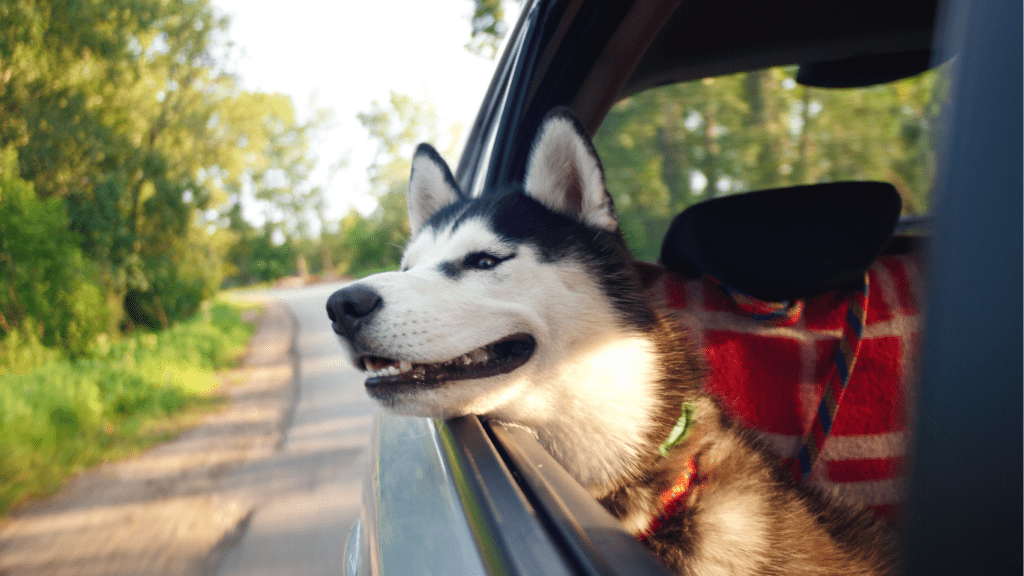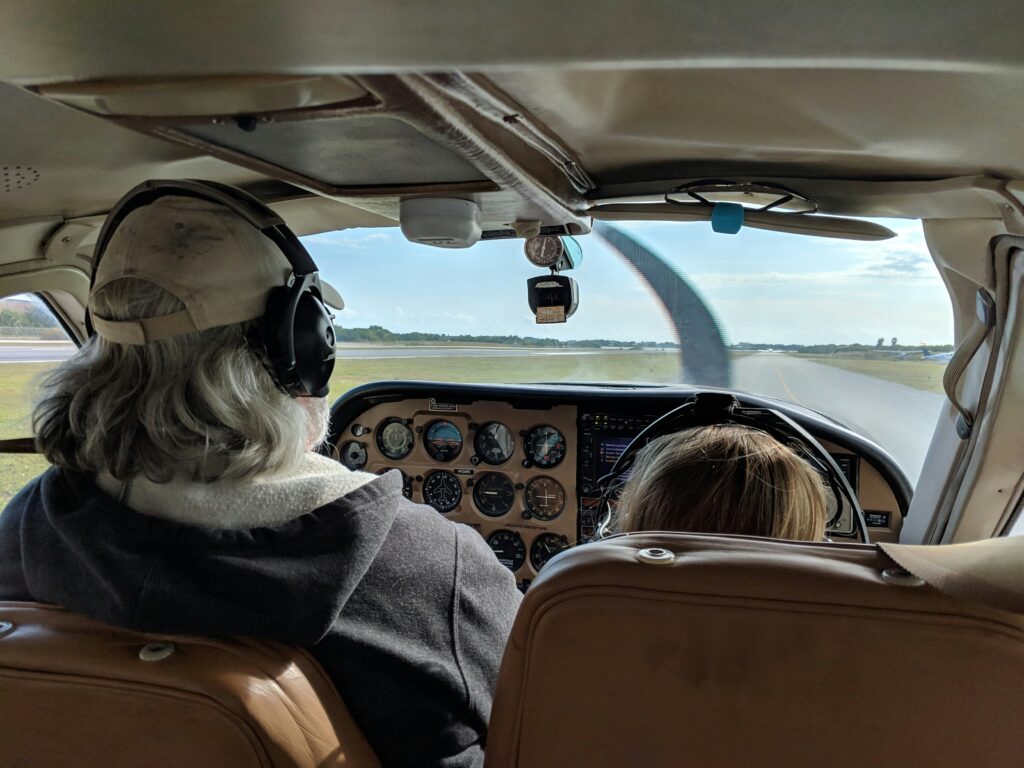Preparing for a Road Trip With Pets
Taking your pet on a road trip requires careful preparation to ensure their safety and comfort.
Choosing the Right Pet Carrier
Selecting a suitable pet carrier is crucial. The carrier should be well-ventilated and spacious enough for your pet to move comfortably.
Measure your pet’s height and length, then choose a carrier that provides enough room. Most carriers come with padded interiors, which help make the trip more comfortable.
Ensure the carrier has secure locks to prevent accidental escapes. Some carriers contain additional safety features like seatbelt loops for added security during the drive.
- Food and Water: Pack enough for the entire trip, considering your pet’s regular diet.
- Bedding: Bring familiar bedding to help your pet feel at home.
- Toys: Include favorite toys to keep them entertained.
- Leash and Collar: Ensure they have identification tags with updated contact information.
- Waste Bags: Pack plenty for restroom breaks.
- First Aid Kit: Include items like bandages, tweezers, and antiseptic wipes tailored for pets.
- Medicines: Bring all necessary medications with clear instructions for administration.
Ensuring Pet Safety During the Journey
Road trips with pets require extra precautions to ensure both their safety and comfort. Proper safety measures help make the journey stress-free for everyone involved.
Securing Pets in the Vehicle

Pets should always be secured in the vehicle to prevent injuries during sudden stops or accidents. Use pet seat belts, crash-tested crates, or pet barriers.
Double-check the fit and security of the seat belt harness or straps. Avoid using regular seat belts, as they don’t adequately restrain pets in an accident.
Place crates in the back seat or cargo area to minimize injury risk if the airbag deploys. Ensure the crate is well-ventilated and spacious enough for the pet to stand, turn, and lie down.
Managing Pet Anxiety and Motion Sickness
Some pets experience anxiety or motion sickness during car rides. To minimize anxiety, use calming aids or sprays, play soothing music, and bring familiar toys or blankets.
Gradually acclimate pets to car travel by taking short trips before the main journey. For motion sickness, consult a veterinarian for advice and possible medication.
Don’t feed pets a heavy meal just before travel to prevent nausea. Offer small amounts of water periodically to keep them hydrated without causing stomach upset.
Stop frequently to allow pets to:
- stretch
- relieve themselves
- and get fresh air
reducing both anxiety and motion sickness.
Breaks and Pet Management En Route
Ensuring pets’ comfort during a road trip demands regular breaks and attentive management. Frequent stops help pets remain relaxed and healthy.
Scheduling Regular Stops
Plan to stop every 2-3 hours. This schedule provides pets time to stretch and relieve themselves. Use rest stop areas or pet-friendly parks to give pets a safe environment. Check for shaded areas when stopping to avoid dehydration from excessive heat.
Handling Pet Needs During Breaks
Unleash pets cautiously. Employ a sturdy leash and harness to prevent escapes. Offer fresh water to keep pets hydrated. Provide a portable dish to ensure convenience.
Clean up waste using biodegradable bags, maintaining a hygienic environment. Monitor pets for signs of stress or fatigue, addressing any issues immediately.
Keeping Pets Comfortable in Different Climates
Keeping pets comfortable in various climates ensures a safer, more pleasant road trip. Here are essential tips to adjust car temperature and manage extreme weather conditions.
Adjusting Car Temperature
Maintaining an optimal car temperature is crucial for pet comfort. I use climate controls to keep the car cool in the summer and warm in the winter.
Monitoring the car’s internal temperature with a portable thermometer helps make necessary adjustments. I also avoid leaving pets in the car unattended, especially on hot or cold days, to prevent health risks.
Dealing with Extreme Weather
Extreme weather requires extra precautions to ensure pet safety. In hot climates, I use sunshades and ventilated crates, and provide cold water at regular intervals.
Using cooling mats or vests helps keep pets comfortable. In cold climates, I provide cozy blankets and ensure the carrier is insulated. I check paws for frostbite and avoid leaving pets exposed to the cold for long periods.
Being proactive about weather conditions helps ensure pets remain comfortable throughout the journey.


